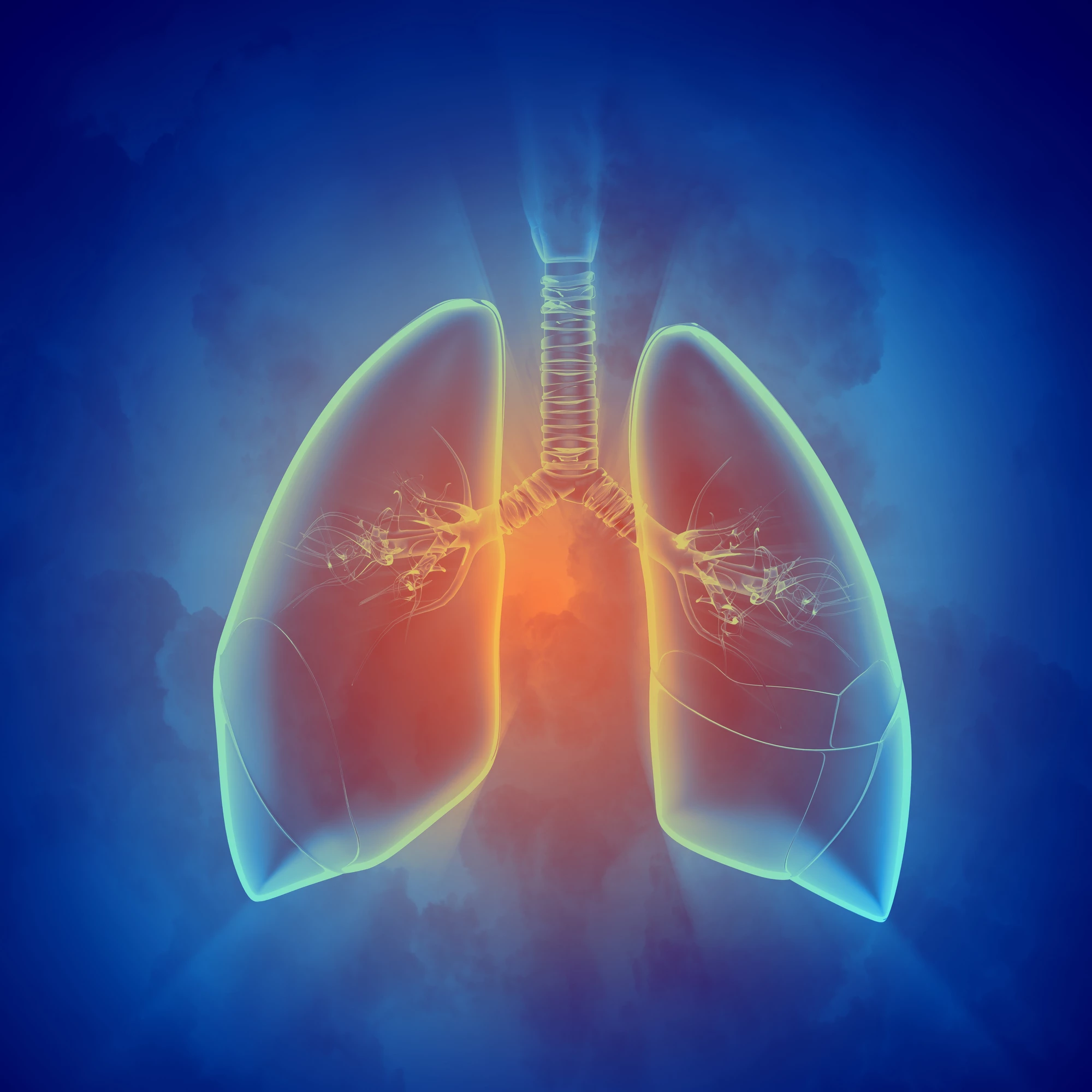In the last decade we've seen studies unearth plastic pollution in some unexpected places, from the Arctic, to the Antarctic, and the world's tallest mountain in between. More recently, we've seen some scientists focus the search on the human body, which also continues to surprise and alarm with the whereabouts of omnipresent plastic particles. A new study has now revealed microplastics in living lung tissue for the first time, with scientists now looking to explore exactly what that means for respiratory health.
While pollution like plastic bags and soda bottles is an obvious environmental problem, much of the concern around the dangers of plastics to human health are tied to their tendency to break down into small fragments. These microplastics and nanoplastics, which can measure as small as 0.0001 mm in the case of the latter, are very difficult to trace. And studies have begun to show that they are clearly making their way into the human body.
A 2020 paper examining tissues form the lungs, liver, spleen and kidneys found plastics in all samples studied. Another study published back in 2018 found microplastics in human stool samples collected from all around the world. More recently, a study published last month detected plastic particles in the bloodstream for the first time ever.
This new study was carried out by scientists at the University of Hull and sought to build on previous work that identified microplastics in lung tissue, by sourcing tissue during surgical procedures on living patients. Analysis revealed plastics in 11 of the 13 samples studied, and detected 12 different types, including those typically used in packaging, bottles and clothing.
Male samples presented significantly higher levels of microplastics than female samples. But what really surprised the scientists was where these plastics were turning up, with more than half found in the lower part of the lung.
“We did not expect to find the highest number of particles in the lower regions of the lungs, or particles of the sizes we found," said lead author Laura Sadofsky. "This is surprising as the airways are smaller in the lower parts of the lungs and we would have expected particles of these sizes to be filtered out or trapped before getting this deep into the lungs.”
Scientists consider airborne plastic particles between 1 nanometer and 20 micrometers to be respirable, and this study provides yet more evidence that inhalation offers them a direct route into the human body. As with similar recent discoveries in this area, it raises the all-important question of what the impacts are on human health? Lab experiments have shown that microplastics can de-cluster and alter the shape of human lung cells, and have toxic effects on cells more generally. But this new understanding of the situation will help guide deeper research into their effects.
“Microplastics have previously been found in human cadaver autopsy samples – this is the first robust study to show microplastics in lungs from live people," said Sadofsky. "It also shows that they are in the lower parts of the lung. Lung airways are very narrow so no one thought they could possibly get there, but they clearly have. The characterization of types and levels of microplastics we have found can now inform realistic conditions for laboratory exposure experiments with the aim of determining health impacts."
The research was published in the journal Science of the Total Environment.
Source: University of Hull




